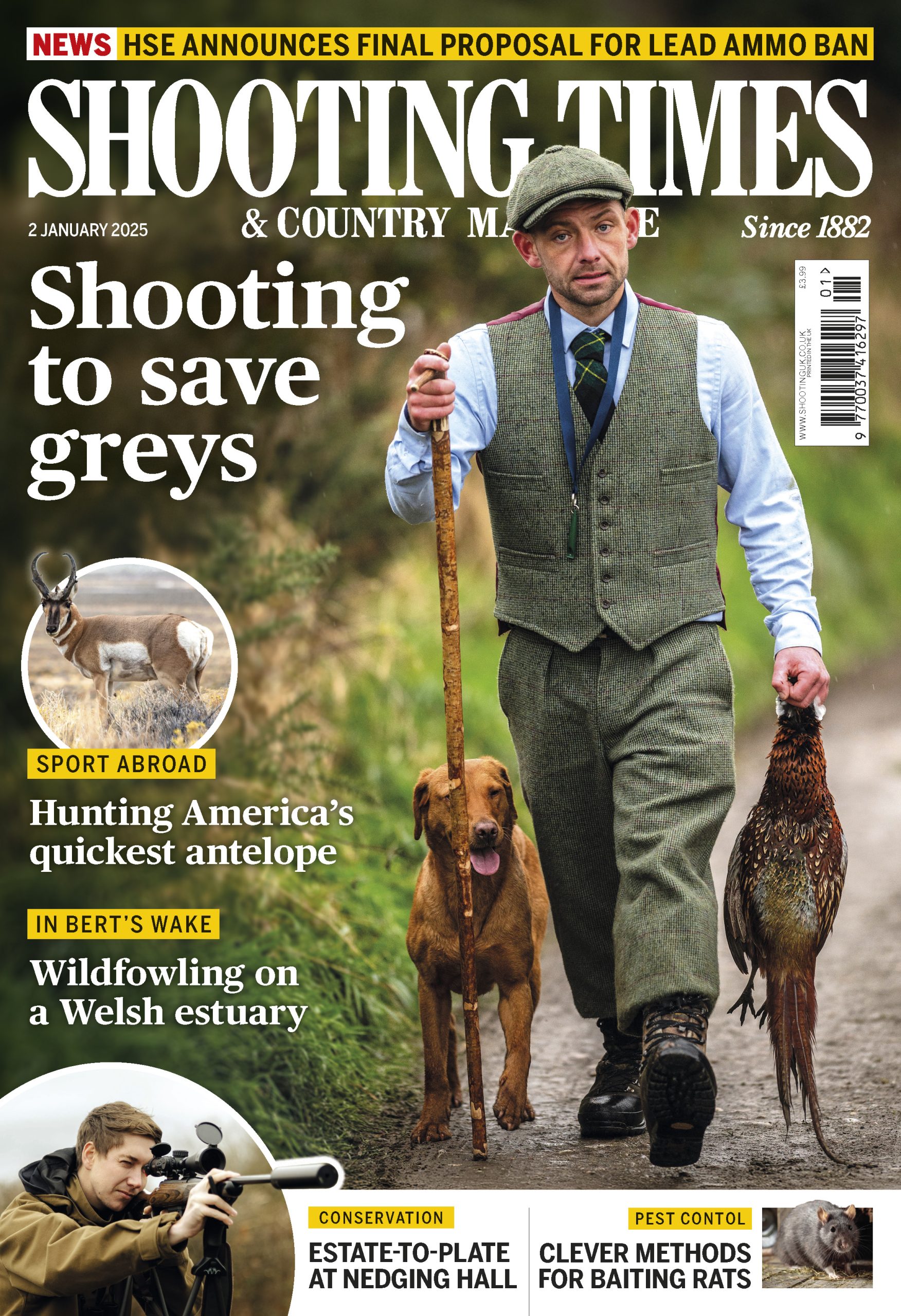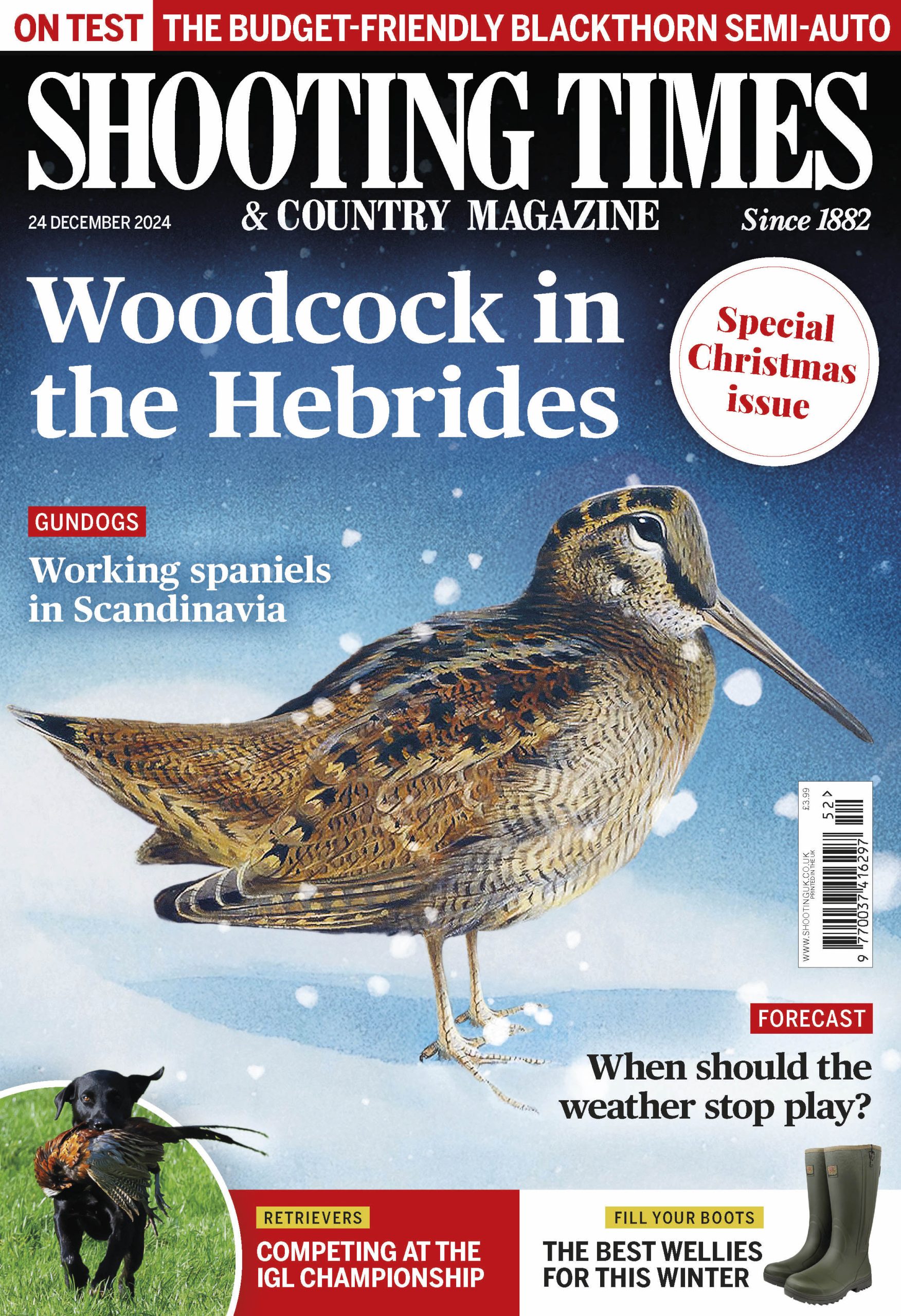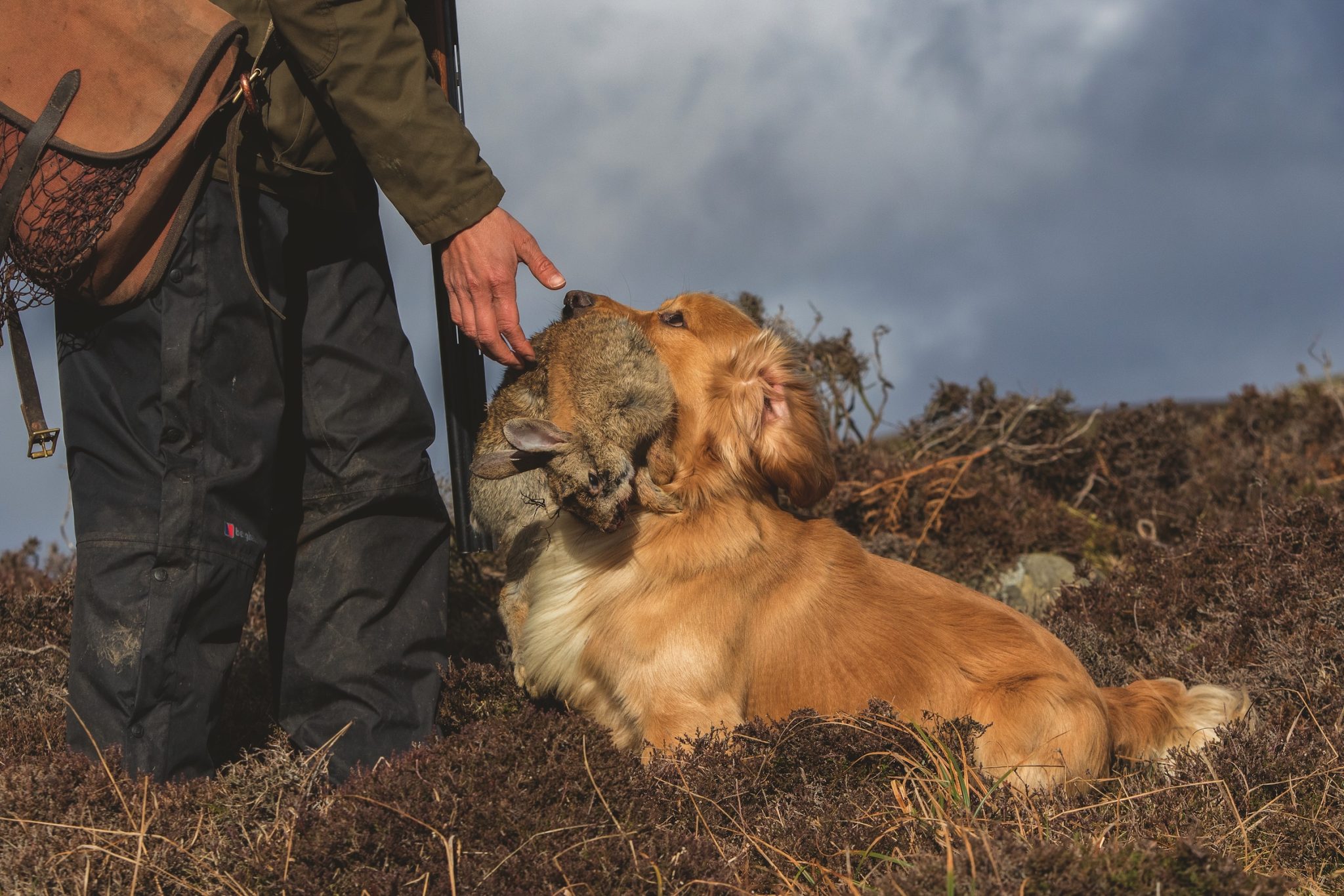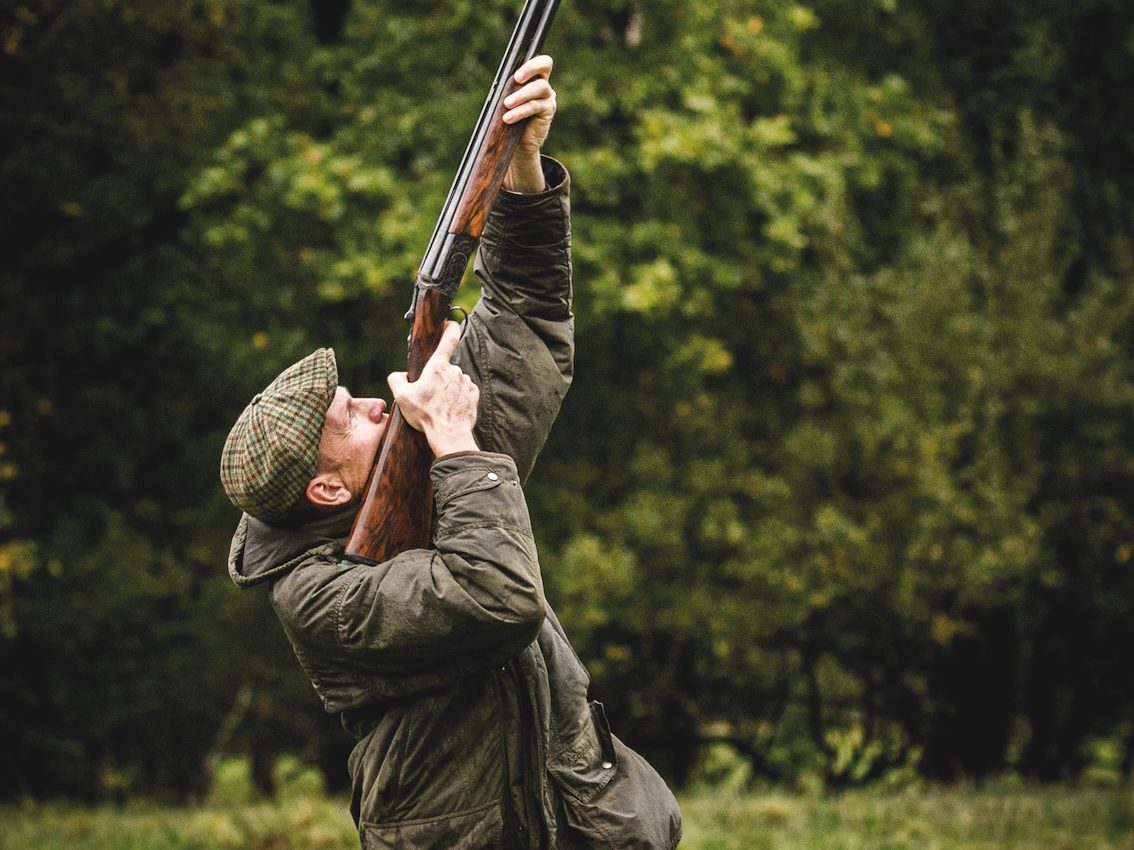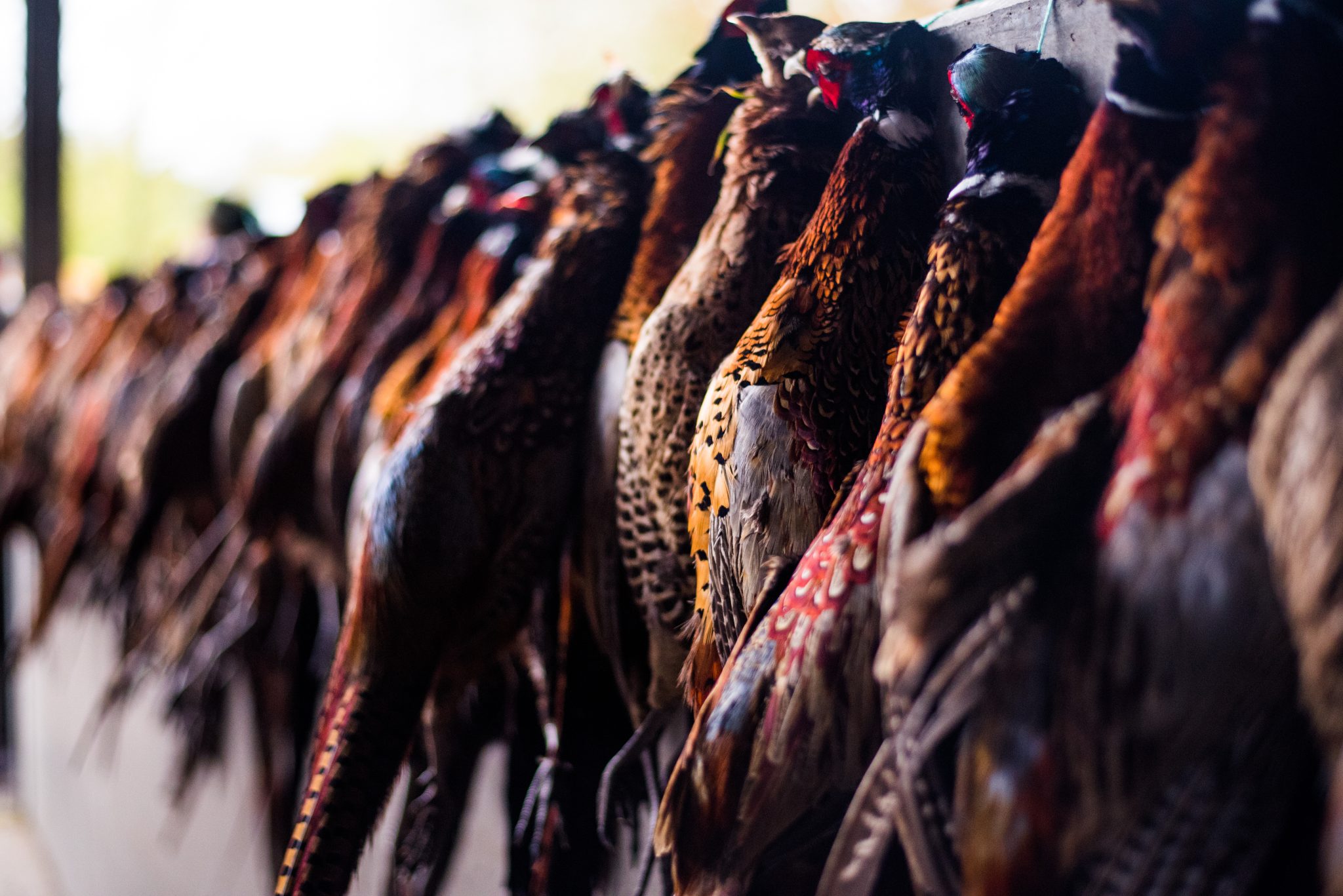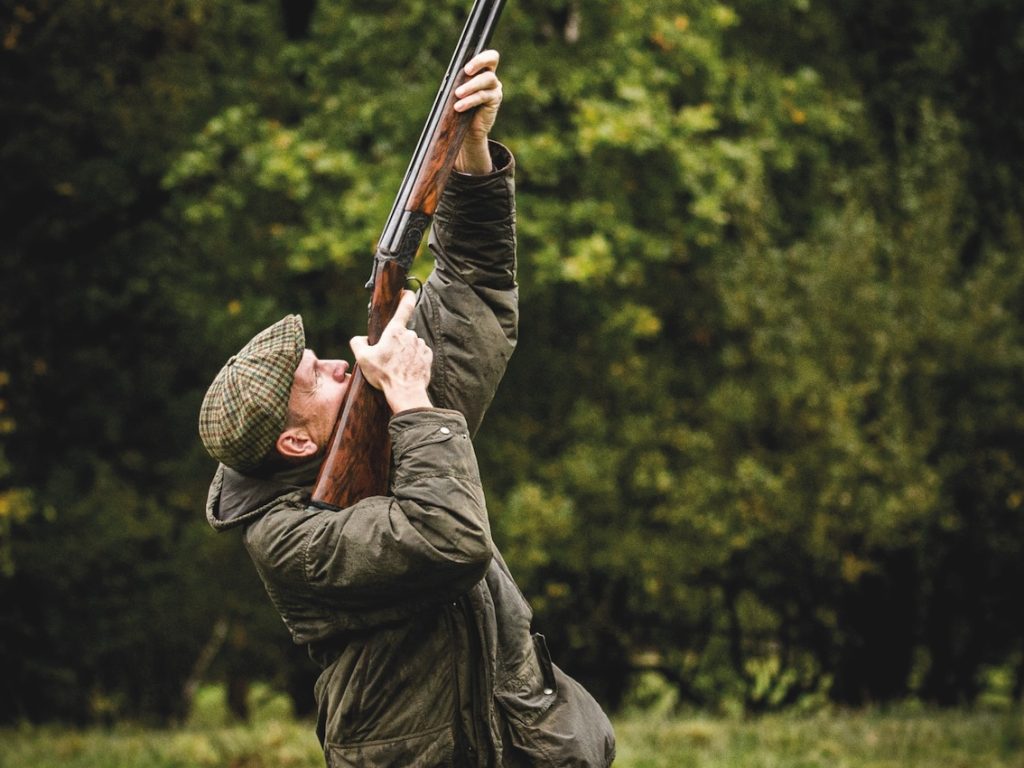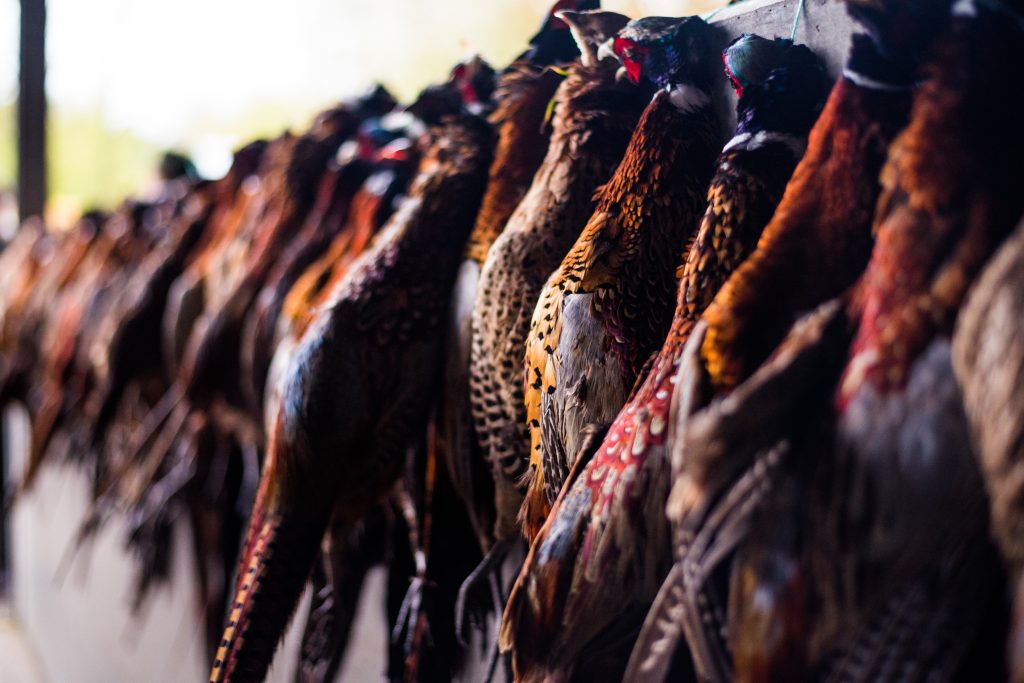Win CENS ProFlex DX5 earplugs worth £1,149 – enter here
GWCT launches survey into gamebird impact on reptiles
The Game & Wildlife Conservation Trust has announced new research to examine whether gamebirds could be affecting reptile populations
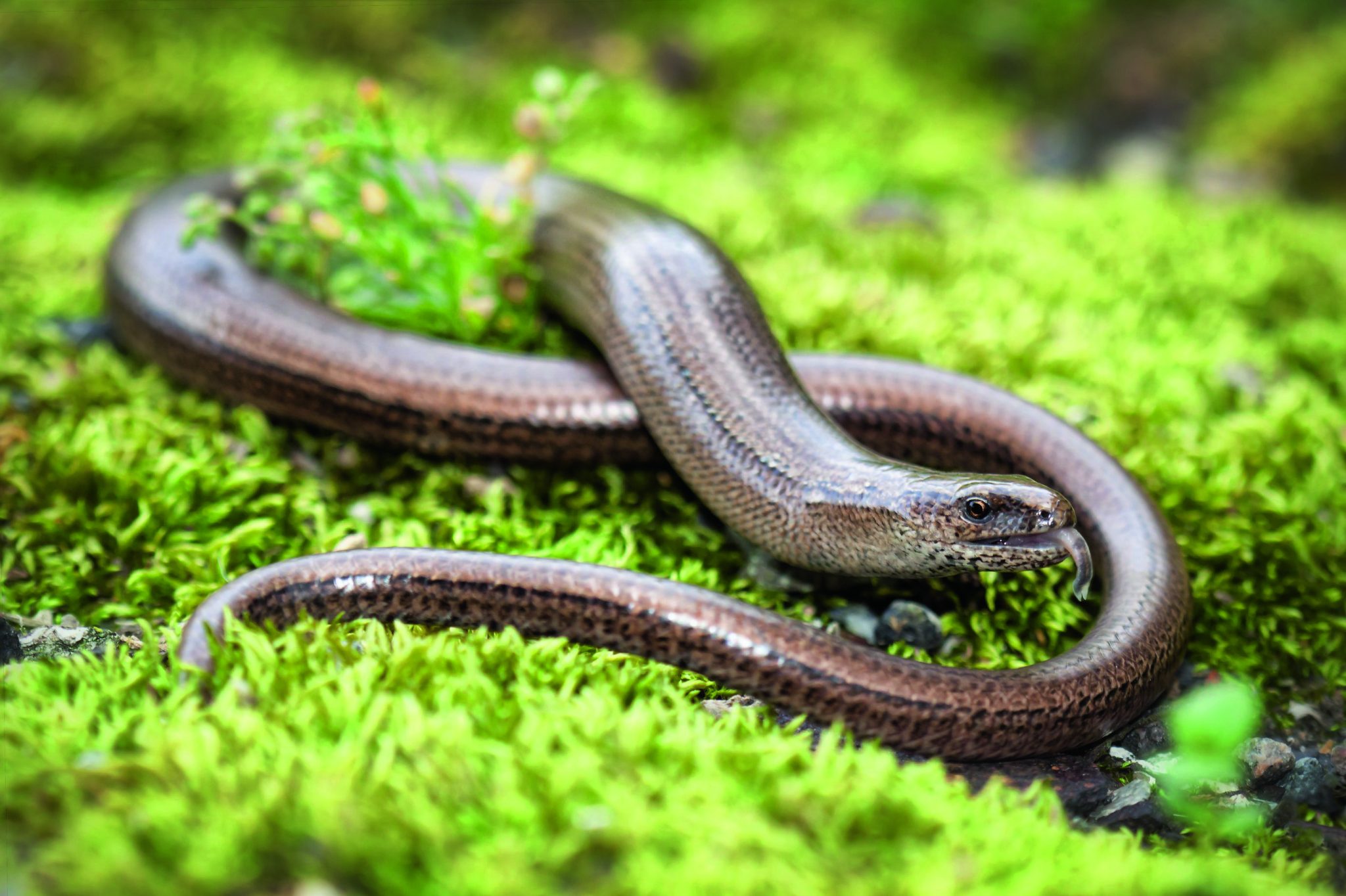
The Game & Wildlife Conservation Trust has announced a new research initiative to examine whether the release of pheasants and red-legged partridges in some areas could be affecting local indigenous reptile populations.
The study, led by the GWCT’s research department, is calling on farmers, gamekeepers and conservation site managers to record reptile sightings during summer and early autumn on land with and without gamebird releases.
The project aims to compare activity levels between release and non-release sites to investigate whether predation by pheasants and partridges may be influencing numbers of species such as slow worms, lizards and grass snakes.
Dr Rufus Sage, head of lowland game research at the GWCT, said: “While there is currently little solid evidence of an effect, it is very plausible that pheasants in particular might predate snakes or lizards at certain times of the year.”
Released birds typically overlap with reptile activity between midsummer and autumn, when gamebird numbers are at their highest. The GWCT’s existing guidelines already advise caution when releasing near ancient woodland or heathland, due to possible reptile presence.
This new survey will complement ongoing research by the Durrell Institute of Conservation and Ecology at the University of Kent.
Related article: Do pheasants threaten adder populations?
Related Articles
Get the latest news delivered direct to your door
Subscribe to Shooting Times & Country
Discover the ultimate companion for field sports enthusiasts with Shooting Times & Country Magazine, the UK’s leading weekly publication that has been at the forefront of shooting culture since 1882. Subscribers gain access to expert tips, comprehensive gear reviews, seasonal advice and a vibrant community of like-minded shooters.
Save on shop price when you subscribe with weekly issues featuring in-depth articles on gundog training, exclusive member offers and access to the digital back issue library. A Shooting Times & Country subscription is more than a magazine, don’t just read about the countryside; immerse yourself in its most authoritative and engaging publication.
